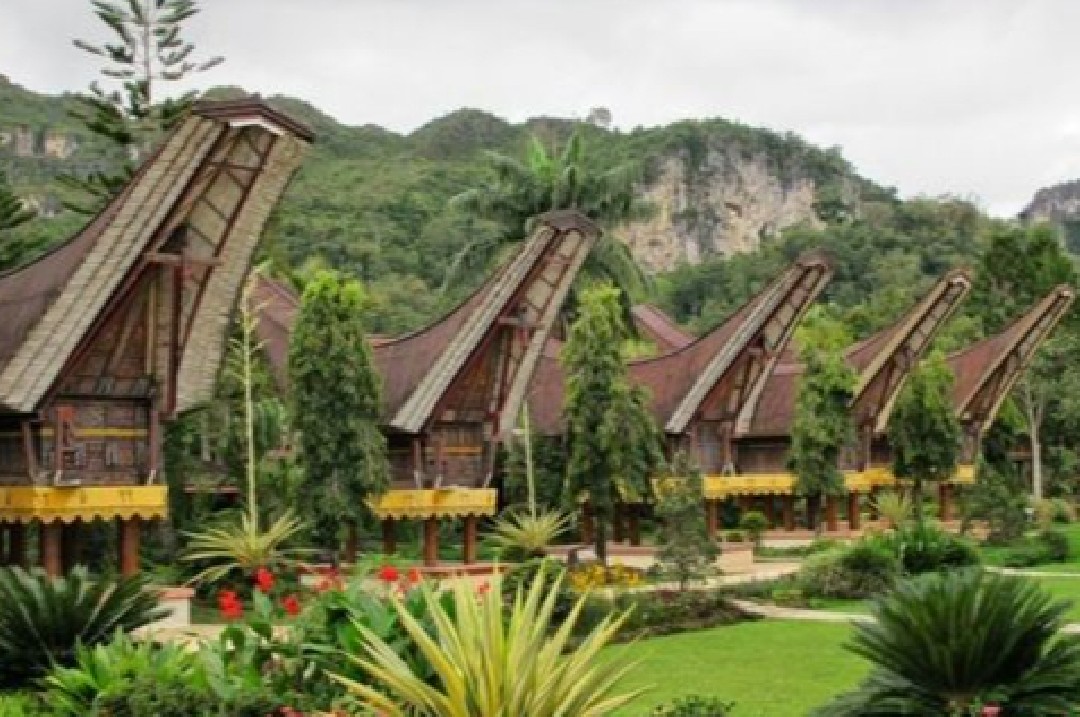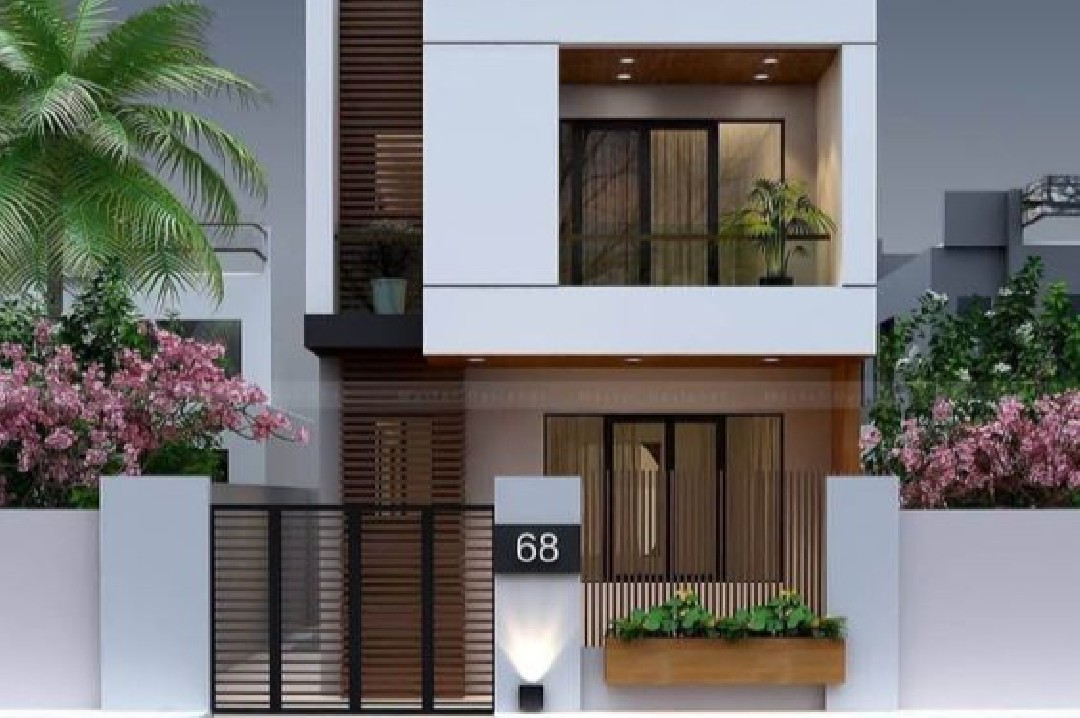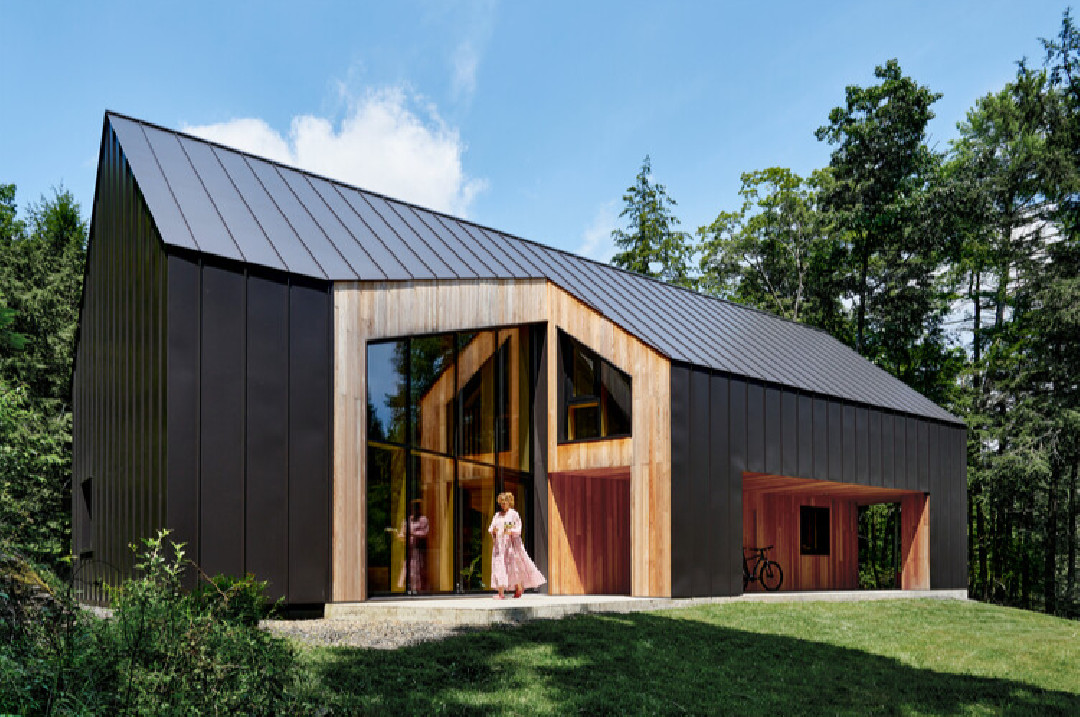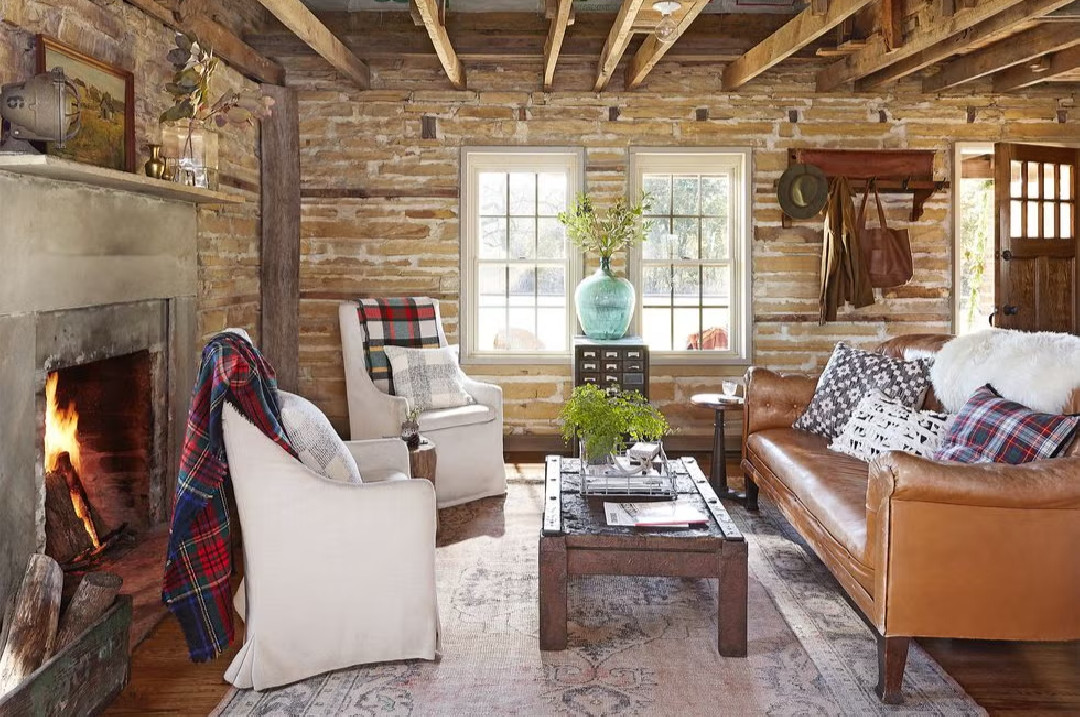Exploring the Wonders of Traditional Architecture Across the World

Introduction:
Traditional architecture is not merely a physical construction, but also a reflection of cultural identity, local wisdom, and the relationship between humans and their natural environment. Each traditional building carries a rich and deep history, telling stories of how local communities value their cultural uniqueness and diversity. From the practice of living in raised houses in the Indonesian jungle to the grandeur of Moorish palaces in Spain, traditional architecture takes us on a journey depicting how humans have adapted and utilized their local resources to construct sustainable and harmonious environments. Behind every stone wall, wooden pillar, or thatched roof of various traditional buildings lies inherited knowledge passed down from generation to generation. The technical skills in selecting building materials, arranging proportions, and designing structures all stem from accumulated experiences over centuries. These buildings are not just symbols of engineering prowess but also evidence of respect and care for the environment and the tested wisdom of generations.
Through this journey, we will delve deeper into the wonders of traditional architecture from various parts of the world. Each building will teach us about ways of life, values, and cultural wisdom hidden within. We will experience the warmth of family homes in rural areas, the elegance of ancient palaces in historic cities, and the harmony between humans and nature reflected in every architectural detail. By understanding and appreciating traditional architecture, we not only honor our ancestors' heritage but also open ourselves to the invaluable cultural richness. Let us together explore and appreciate the beauty and uniqueness of traditional architecture from around the world, as a reminder of the diversity and richness of cultural heritage that enriches our world.
Let us begin this journey and immerse ourselves in the wonders of traditional architecture that has inspired and enriched human life for centuries.
Traditional Architecture Across the World:
1. Stilt Houses in Indonesia

Stilt houses are a prominent form of traditional architecture dominating the rural landscape in various regions of Indonesia. Built on sturdy wooden stilts, stilt houses exhibit uniqueness in their elevated structure above the ground. Besides providing protection from frequent flooding during the rainy season, the architecture of stilt houses also serves as a defense against wild animals that may roam around the environment. With their elevated position, stilt houses provide a sense of safety and comfort for their inhabitants amidst the sometimes harsh and unpredictable nature.

More than just a dwelling place, stilt houses also serve as centers for social and cultural activities of the local community. Inside, age-old traditions are preserved and practiced, serving as silent witnesses to their daily lives. In terms of design, stilt houses often depict local wisdom in utilizing the natural resources available in their surroundings. Building materials such as wood and bamboo weaving are not only environmentally friendly but also reflect ecological sustainability in the traditional lifestyle of Indonesian society. Thus, stilt houses are not only unique forms of traditional architecture but also symbols of cultural diversity and harmony between humans and nature.
2. Toraja Houses in Sulawesi, Indonesia

Toraja traditional houses, found in the Sulawesi region of Indonesia, are remarkable examples of Indonesia's rich traditional architecture. Built using strong woods and adorned with intricate carvings depicting daily life and unique myths of the Toraja tribe, these houses serve not only as residences but also as symbols of honor and social status for the families who build them. Toraja house architecture often portrays the grandeur and wealth of the family, with sizes and decorations reflecting their prestige and position in society. Moreover, Toraja houses are often regarded as centers for traditional and cultural activities, where religious rituals and customary ceremonies are held to commemorate various significant events in Toraja society. With its aesthetic beauty and profound symbolism, the Toraja traditional house is a fascinating cultural heritage that enriches the panorama of Indonesia's traditional architecture.
3. Machu Picchu in Peru

Machu Picchu, located in the Andes Mountains of Peru, is not only a stunning archaeological site but also a magnificent architectural masterpiece of the Inca civilization. Nestled on steep mountain slopes, Machu Picchu's stone buildings showcase remarkable construction techniques from ancient times. Built without mortar, the precisely interlocked large stones demonstrate a profound understanding of geometry and advanced construction techniques for its time. However, beyond its physical beauty, Machu Picchu also reveals the deep knowledge of the Inca civilization about astronomy and their spiritual connection with the surrounding nature. Positioned with remarkable mathematical precision, the buildings in Machu Picchu are designed to capture sunlight at significant points in the annual cycle, demonstrating a profound understanding of celestial movements and natural cycles. With all its grandeur, Machu Picchu not only serves as an important archaeological heritage but also bears witness to the wisdom and technical skills of the astonishing Inca civilization.
4. Wooden Houses in Japan

Traditional wooden houses in Japan are not merely physical structures for habitation but also expressions of art showcasing simplicity and harmony with the surrounding nature. Built using natural materials such as cypress or cedar wood, these wooden houses exude a warm and natural atmosphere that blends with the surrounding environment. Every design element, from the sharp roofs to sliding windows allowing for good air circulation, is carefully crafted to create comfort and balance for its inhabitants.

Furthermore, Japanese wooden houses also reflect deep cultural values and philosophies. The concept of "wabi-sabi," which emphasizes on simple, natural, and imperfect beauty, is reflected in every detail of traditional wooden houses. The choice of natural materials, use of calm colors, and minimalist designs reinforce the harmonious relationship between humans, buildings, and nature. These wooden houses also demonstrate practicality in utilizing limited space, with various innovations such as foldable walls to change room functions as needed and the use of versatile flooring for various daily activities. Thus, traditional Japanese wooden houses are not only living spaces but also expressions of a culture and philosophy that respect beauty, balance, and harmony in everyday life.
5. Alhambra Palace in Spain

The Alhambra Palace in Granada, Spain, is a masterpiece of Moorish architecture that captivates the world with its beauty and brilliance. The building is not only a magnificent palace but also an art piece that combines the uniqueness of Islamic art with architectural grandeur. Every corner of the Alhambra Palace is adorned with intricate carvings and captivating mosaics, creating a mesmerizing and enchanting atmosphere for anyone who visits. Each ornament, whether it's carving, calligraphy, or mosaic, provides a glimpse into the Moorish artists' skill in combining geometric elements and beautiful natural motifs. In addition to the distinctive beauty of Islamic art, the Alhambra Palace also showcases the architectural prowess of that era, with its sophisticated natural cooling system and the graceful flow of water through the palace's gardens and ponds. With all its elegance, the Alhambra Palace not only symbolizes the Moorish grandeur in Spain but also stands as one of the world's most precious and inspiring cultural heritages.
Conclusion:
Through this brief journey, we have delved into the wonders of traditional architecture from various parts of the world. Each traditional building is not just a place of residence or a physical structure but also a cultural heritage that enriches and expands our perspectives on the beauty and diversity of the world. By understanding and appreciating traditional architecture, we can preserve and conserve valuable cultural heritage for future generations.








